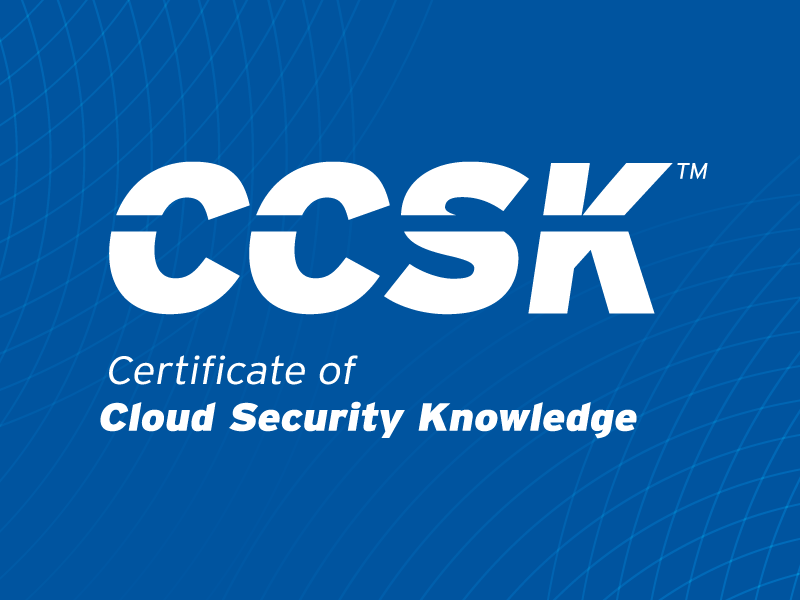Six Factors Mid-Sized Enterprises Should Look for When Selecting a CNAPP
Published 03/06/2025
Originally published by Tenable.
As mid-sized enterprises continue to adopt cloud-native technologies, the need for a comprehensive cloud-native application protection platform (CNAPP) becomes even clearer. CNAPP brings together a variety of cloud security tools into a single solution, helping organizations consolidate vendors, manage vulnerabilities, ensure compliance and protect sensitive data.
But, with numerous options available, selecting the right CNAPP solution can be a challenge.
To help overcome that challenge, we created a list of six points that mid-sized enterprises should consider when choosing a CNAPP vendor.
1. Opt for integration rather than a patchwork
One of the primary advantages of a CNAPP is that it consolidates multiple security capabilities into a unified platform. But not every solution achieves this integration effectively. Some providers have built their platforms by merging technologies from a hodgepodge of acquisitions, which results in fragmented tools that don’t communicate well with one another. They masquerade as a single technology but under the covers, they’re separate.
To avoid this, look for CNAPP solutions that have an integrated architecture from the ground up. A unified platform ensures seamless data flow, eliminates operational silos and provides a consistent user experience. This is especially valuable for mid-sized enterprises that may not have the resources to manage multiple disconnected tools.
Tip: Ask potential vendors whether their CNAPP was organically developed or assembled through acquisitions. The former often provides a more cohesive experience.
2. Prioritize identity and access management
In multi-cloud environments, identity and access management (IAM) is the cornerstone of cloud security. Improperly managed permissions can lead to unauthorized access, privilege escalation and potential data breaches. This makes cloud infrastructure entitlement management (CIEM) essential to any CNAPP.
CIEM enables organizations to enforce least privilege across their cloud environments. By identifying excessive or unnecessary permissions, these tools help reduce the attack surface and prevent insider threats or accidental misconfigurations.
Tip: Look for CNAPPs that automate assessment and remediation of misconfigurations in IAM policies, which will ensure continuous adherence to best practices.
3. Look for flexible pricing models so you can scale
Budget constraints are a reality for many mid-sized enterprises. Large corporations are likely to have expansive budgets for security, but mid-sized businesses need solutions that deliver value without breaking the bank. This is where flexible and modular pricing models come into play.
Look for a CNAPP that lets you start with the essential features your organization needs now while having the option to scale up as your requirements grow. Whether it’s adding advanced capabilities like automated threat detection or expanding coverage for additional cloud accounts, scalability is a must-have for most organizations.
Tip: During the selection process, request a clear breakdown of costs for both the initial deployment and future expansions. This ensures transparency, helps avoid unexpected expenses and gives you a clear understanding of how smoothly the solution will support expanding cloud security coverage as your cloud usage matures.
4. Ensure flexibility for varying compliance requirements
As data privacy and security regulations evolve, mid-sized enterprises must ensure compliance to avoid penalties and maintain customer trust. Depending on your industry and geographical location, you may need a CNAPP that supports hybrid or on-premises deployments, allowing for local data processing when required.
For example, organizations operating under the EU’s General Data Protection Regulation (GDPR) or California’s Consumer Privacy Act (CCPA) may require features that allow for the classification, protection and localization of sensitive data.
Tip: Evaluate whether a vendor’s CNAPP tools provide compliance reporting, automated audits and support for industry standards like SOC 2, PCI DSS, and HIPAA. While you're at it, see if it supports cloud security best practices like CIS for the different cloud providers, and for Kubernetes.
5. Focus on data security posture management (DSPM) for AI and beyond
Artificial intelligence (AI) systems increasingly depend on vast datasets, which often contain sensitive or regulated information. As a result, data security posture management (DSPM) has become a critical component of modern CNAPPs. DSPM tools help organizations discover, classify and protect sensitive data across their cloud environments, ensuring it isn’t inadvertently exposed.
By integrating DSPM capabilities, CNAPPs can identify and remediate risks associated with AI models, preventing data leaks and ensuring compliance with privacy regulations. For mid-sized enterprises exploring AI technologies, this feature is invaluable.
Tip: Ask vendors whether their CNAPP includes DSPM capabilities and how it integrates with AI-related workflows.
6. Select simplified deployment and intuitive interfaces
Mid-sized enterprises are almost always resource constrained. Unlike larger organizations, these organizations may not have dedicated teams to manage complex deployments or troubleshoot configuration issues. So ease of use should be a top priority when selecting a CNAPP.
Look for platforms that offer intuitive interfaces, pre-configured templates and automated setups. These features minimize the learning curve and reduce the workload for your IT and security teams. In addition, robust customer support and documentation can make a significant difference in ensuring a smooth deployment.
Tip: During the evaluation phase, make sure you get an in-depth product demo or free trial so you can assess the platform’s user experience. This hands-on experience can help you determine whether the CNAPP aligns with your team’s capabilities.
Get ready to choose the right CNAPP
Selecting a CNAPP is a strategic decision that can significantly affect your organization’s security and compliance posture, and operational efficiency.
By focusing on integration, robust identity management, scalable pricing, regulatory adaptability, DSPM capabilities and user-friendly deployment, mid-sized enterprises will find a solution that aligns with their unique needs.
Remember that the right CNAPP doesn’t just address today’s challenges. On the contrary, it positions your organization for future growth and resilience in an ever-evolving cloud landscape. Evaluate your options carefully and prioritize solutions that offer both immediate value and long-term scalability.
Unlock Cloud Security Insights
Subscribe to our newsletter for the latest expert trends and updates
Related Articles:
Closing the Cloud Forensics and Incident Response Skills Gap
Published: 12/16/2025
Enhancing the Agentic AI Security Scoping Matrix: A Multi-Dimensional Approach
Published: 12/16/2025
Understanding the DoD’s New Cyber Security Risk Management Construct (CSRMC)
Published: 12/15/2025
Beyond Workday: Why Socially Engineered SaaS Breaches Are Spreading
Published: 12/15/2025





.png)
.jpeg)
.jpeg)
.jpeg)
.jpeg)